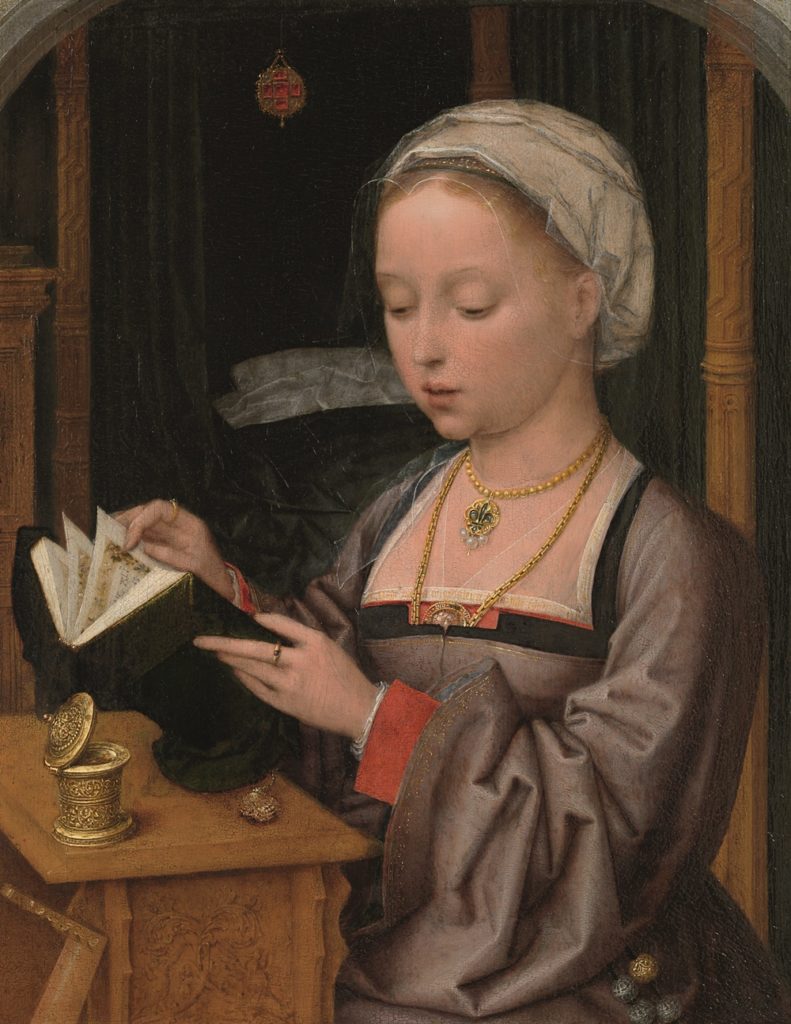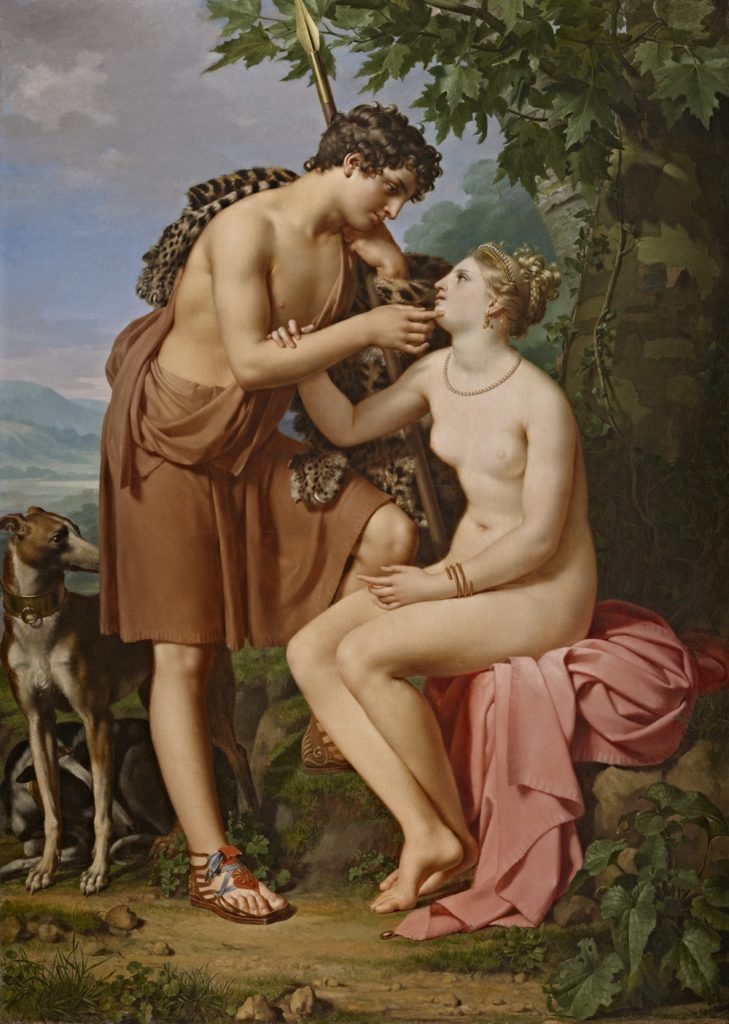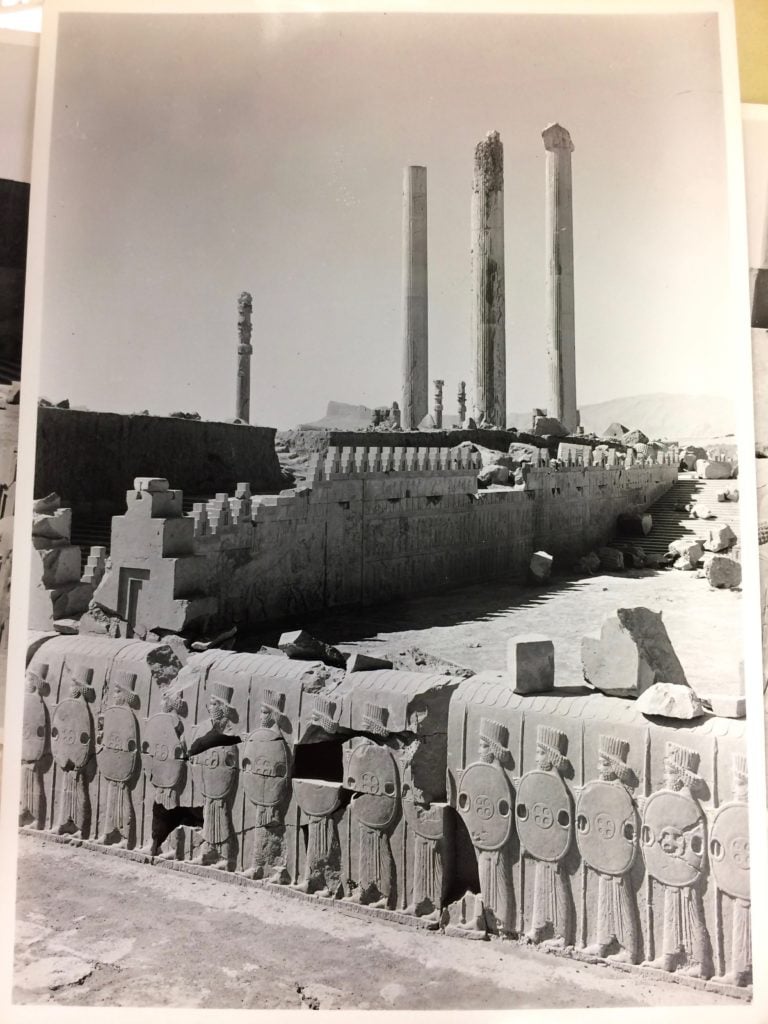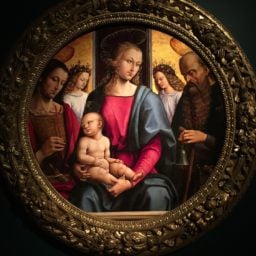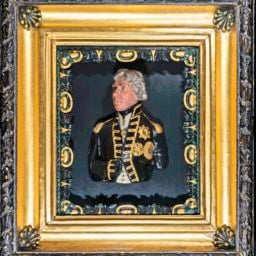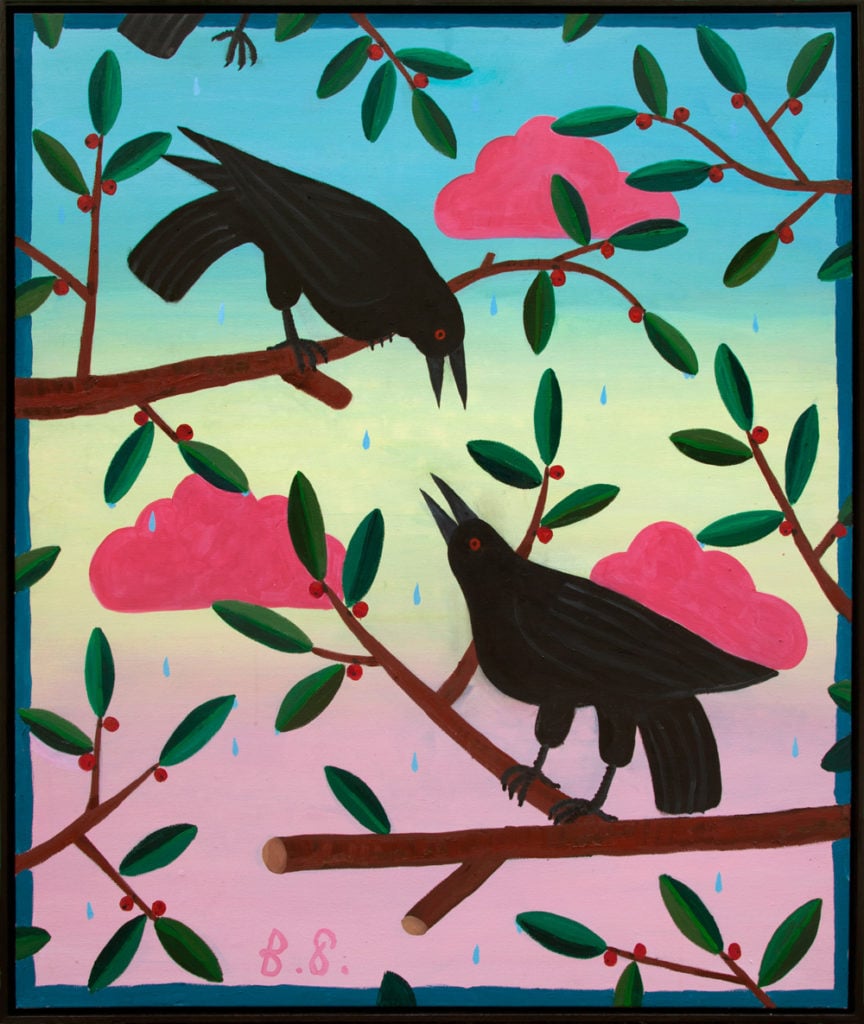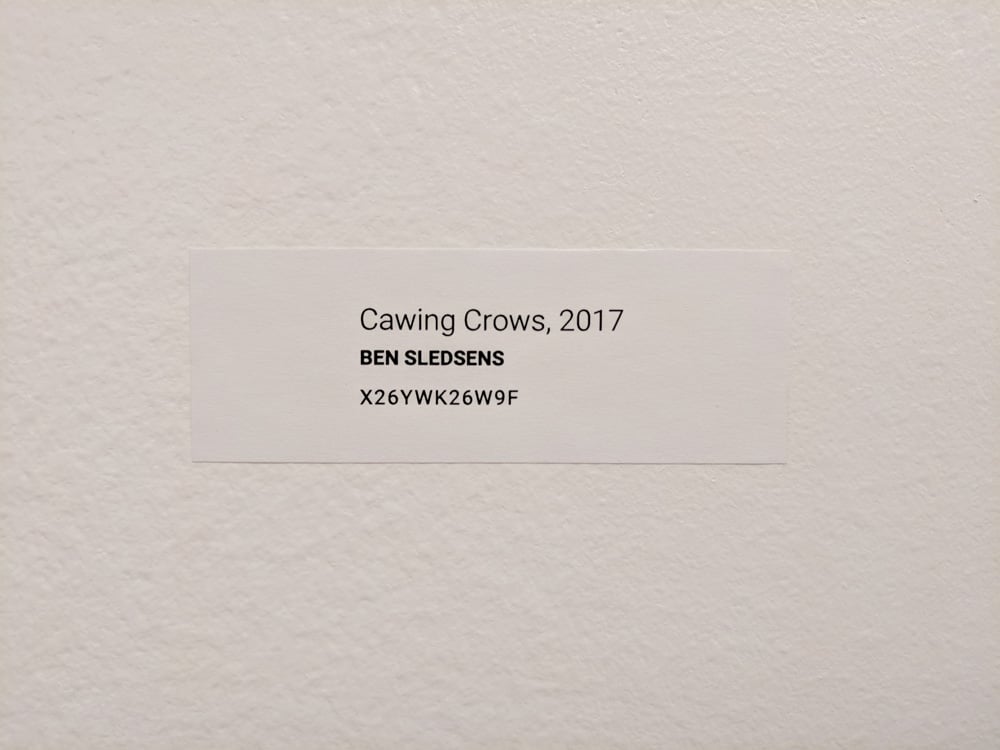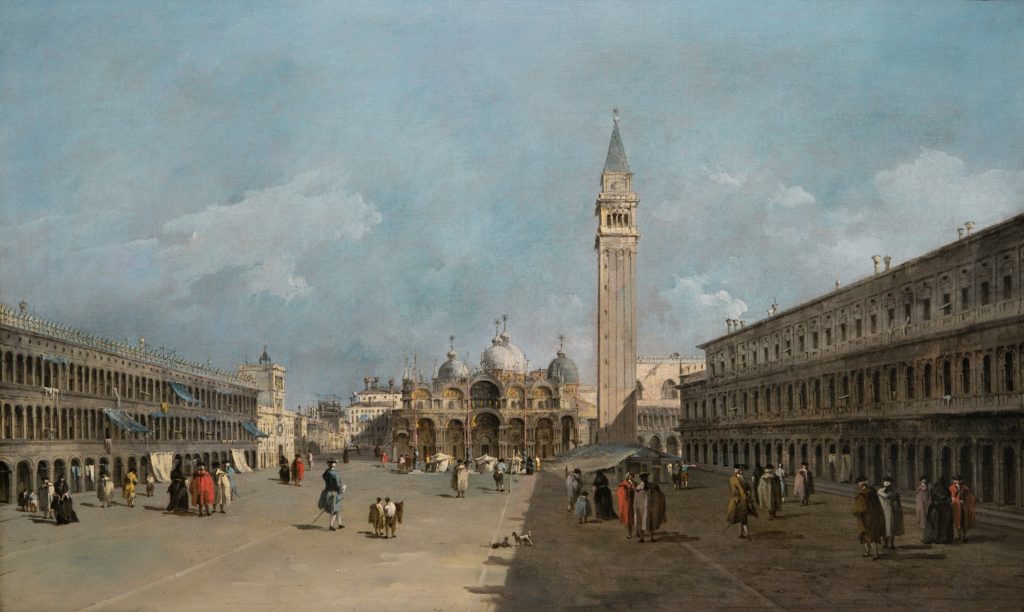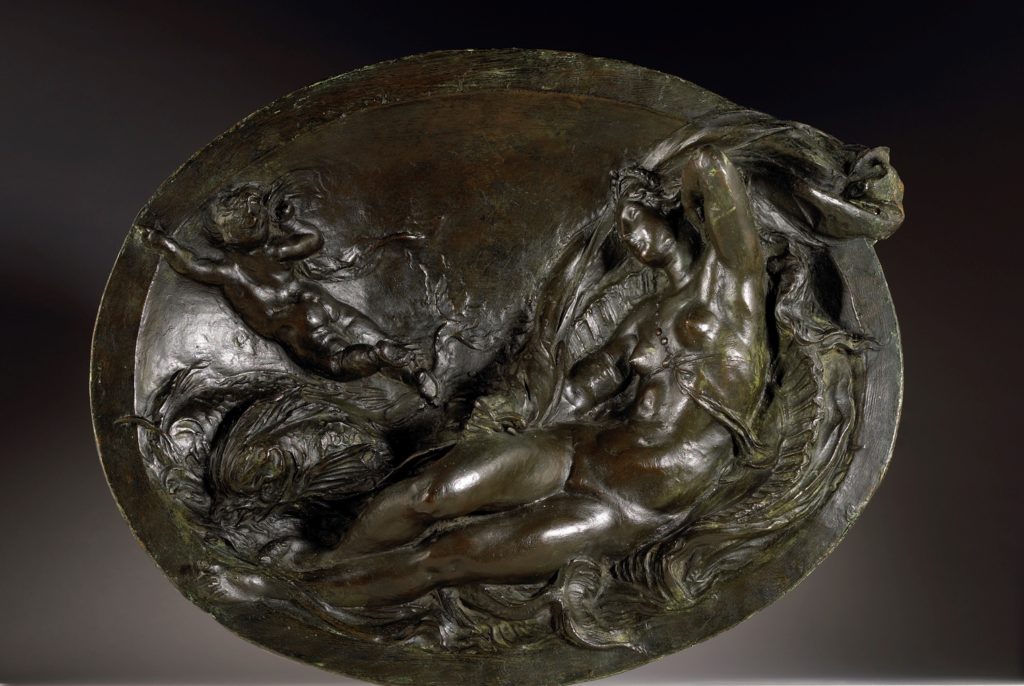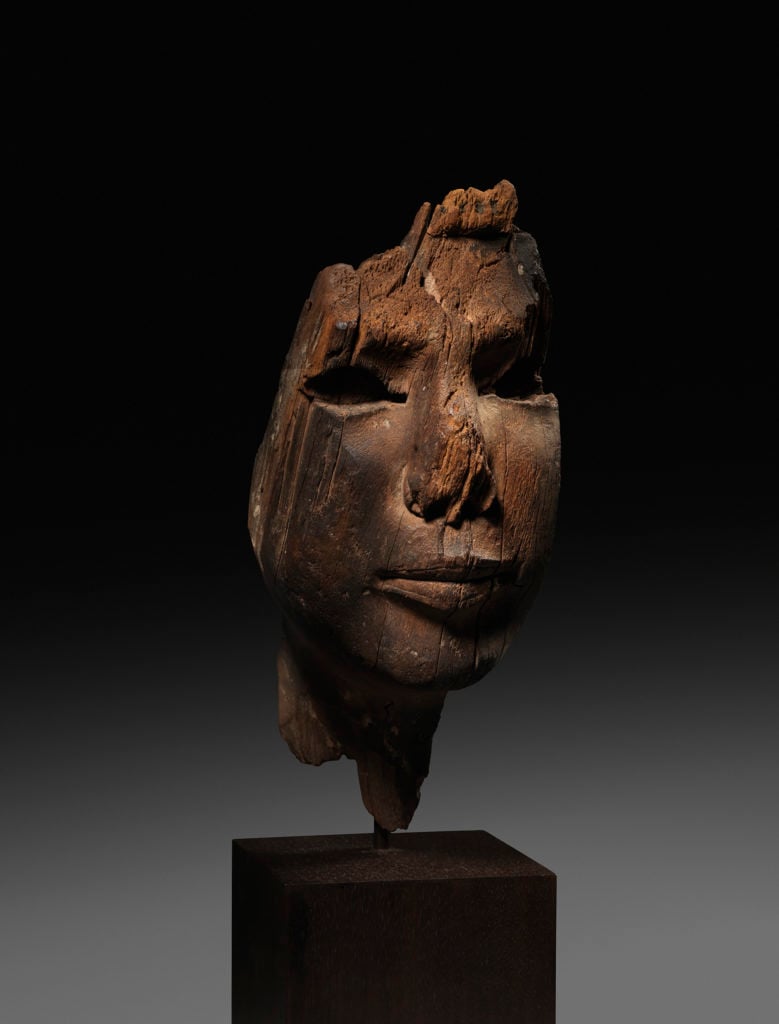
Art Fairs
See the Finest Treasures Heading to TEFAF New York, From Totems of Ancient Deities to a Soothing Monet
Here's what to look out for at this year's fair.
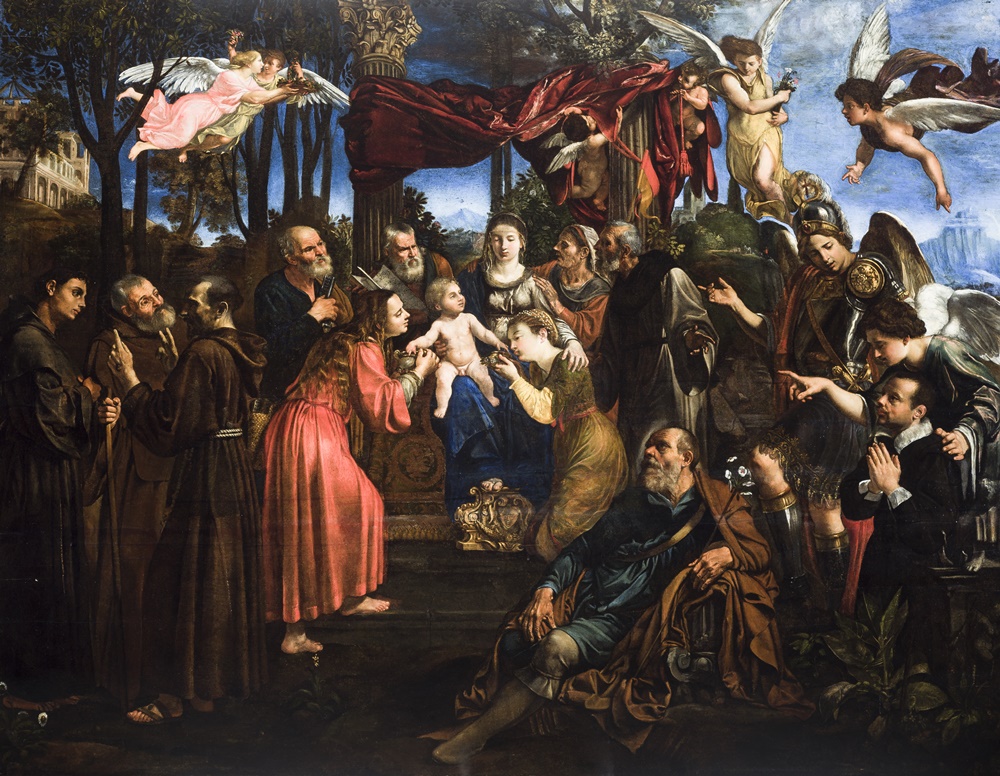
A rare ancien régime portrait by Nicolas Mignard, a Normandy seascape by Claude Monet, and a John Constable sketch that has long been tucked away in a private collection are among the treasures due to go on view at TEFAF New York, the prestigious Dutch import that returns this week to the Park Avenue Armory on the Upper East Side.
While much of the world’s art market is stubbornly focused on contemporary, the fall edition of TEFAF New York proves there are plenty of discoveries to be made by digging through the distant past as well. (Bonus: many of them can be had for a fraction of the price of a Jeff Koons.)
Highlights of this year’s edition include a recently rediscovered representation of Saint Jerome in Prayer by the Italian Baroque painter Il Guercino from Tomasso Brothers. The work, dating from the 1640s or early 1650s, is priced in the region of $1.2 million.
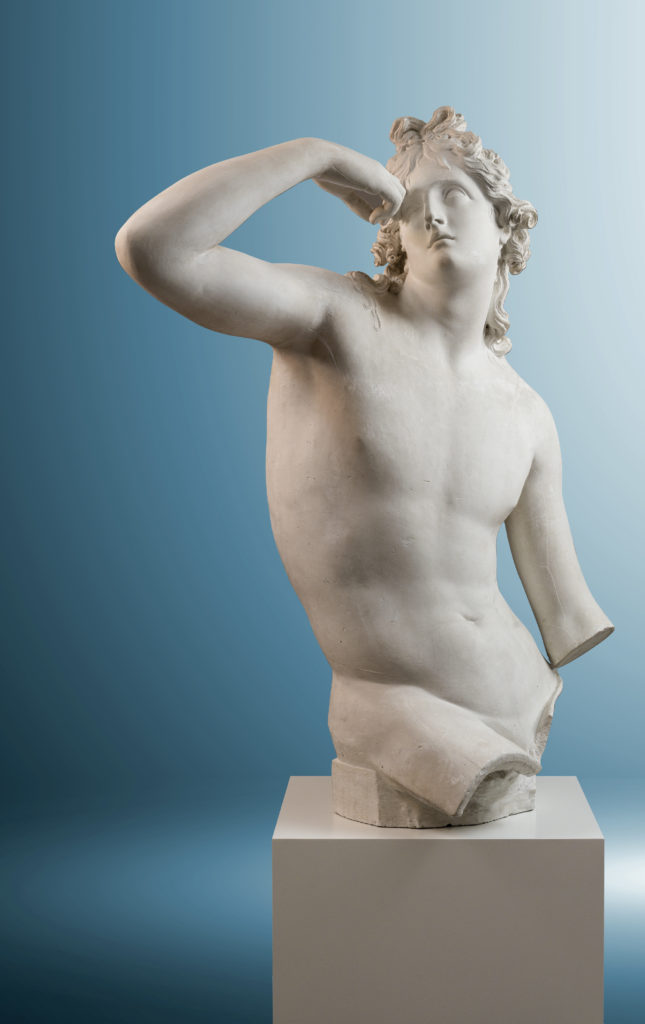
Antonio Canova’s Rezzonico Genio (1793). Courtesy of Galleria Orsi.
Another gem on offer is a plaster sculpture of a grieving angel by the 18th-century sculptor Antonio Canova. Believed to be the only plaster by the artist on the market, the sculpture was made as a personal gift to the Venetian Ambassador to Rome. Presented by the Milan-based Galleria Orsi, it is priced at $4 million.
New York dealer Alan Safani, meanwhile, has confidently proclaimed that he will offer “the most important Egyptian sculpture in private hands.” The limestone statue of Baket-Mut (Songstress of Amun), an elite musician-priestess, was originally painted in vivid color. Sculpted shortly after the rule of Tutankhamun, it dates from 1334–1274 BC. Safani declined to disclose the asking price.
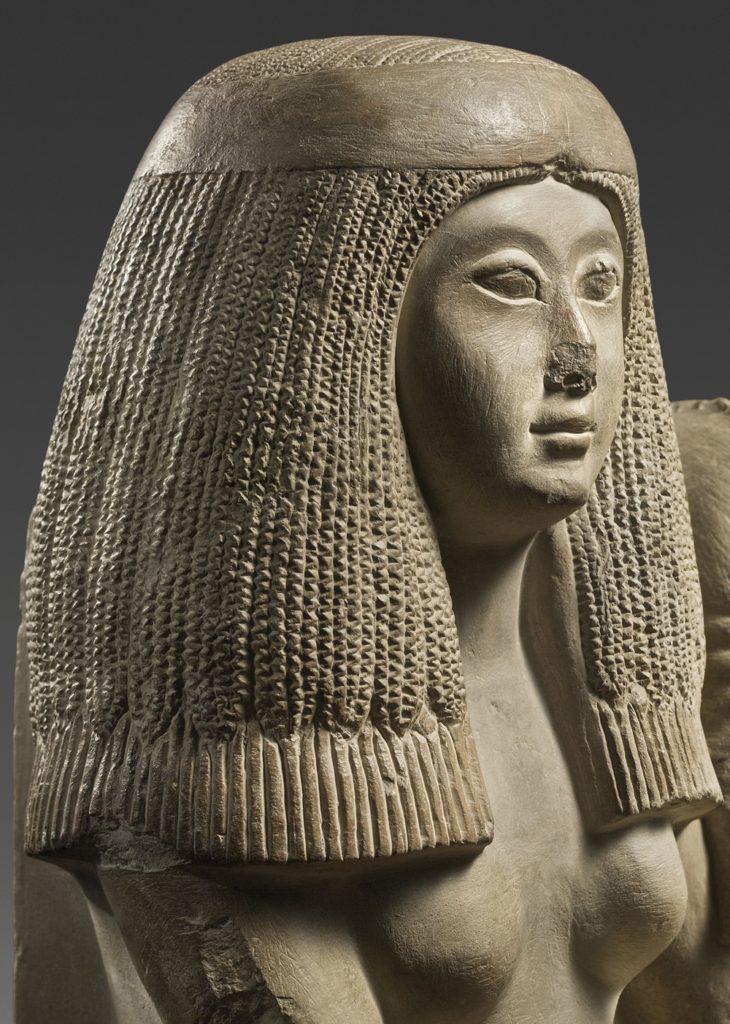
Baket-Mut, Chantress Of Amun. Courtesy Safani Gallery, New York
Famous for being one of the only shows in the world whose organizers carefully vet every single object on view, TEFAF takes place twice a year in New York. (The spring edition is focused on Modern and contemporary art.) Following a VIP preview on Friday, the fair opens to the public on October 28 and will run through Wednesday, November 1. The number of exhibitors is up slightly this year, to 95 from 93 last fall.
“Last year’s inaugural TEFAF in New York was better than anyone could have expected,” Jorge Coll, the CEO of the art dealership Colnaghi, told artnet News. “It felt like we were bringing Old Masters to a hungry audience who were ready and waiting for us to arrive.” (Doubling down on that assertion, Colnaghi is also debuting a new appointment-only space on the Upper East Side this week.)
Coll said he was particularly struck by the number of institutions in attendance last year. “We met curators and trustees from museums all around the US, many of whom don’t necessarily travel to Maastricht but found it very easy to visit New York.”
Coll and numerous others praised the TEFAF board’s ability to transport the “look and feel” of Maastricht to the Park Avenue Armory, complete with dazzling tulip displays, fabric-draped walls, and even roving oyster shuckers handing out bivalves to guests. Some dealers said they believed the New York edition had already led to a spike in visitors to the original fair in Maastricht.
For those back in Manhattan, TEFAF New York has also been paying dividends. Just last week, Alan Salz of Didier Aaron Gallery said he sold a painting to someone who first spotted the work at last year’s edition.
This year, the gallery will present works ranging in price from $5,000 to $500,000, including a pencil drawing of a Calmouk Archer by Jean-Baptiste Le Prince, a black chalk portrait of General Auguste Bertin de Veaux by Anne-Louis Girodet, and other Old Master drawings. He believes the concurrent International Fine Print Dealers Association fair at the Javits Center (October 26–29) will further boost interest.
European dealers, meanwhile, said TEFAF offers a unique opportunity to connect with US clients who might not usually attend an Old Master event. “We hold back certain works especially for the fair,” said Martin Clist, managing director of Charles Ede Gallery in London. Among the objects, chosen in part because they might “appeal more to Americans and New Yorkers especially”: an Etruscan 4th century BC mirror made of bronze and bone and a mid-6th century BC terracotta model of a horse. Prices range from $800 to $350,000
Clist says TEFAF’s expansion into New York “has redefined the term art fair for the US. Coupled with New Yorkers’ appetite for new sensations and quality, the mix is intoxicating.”
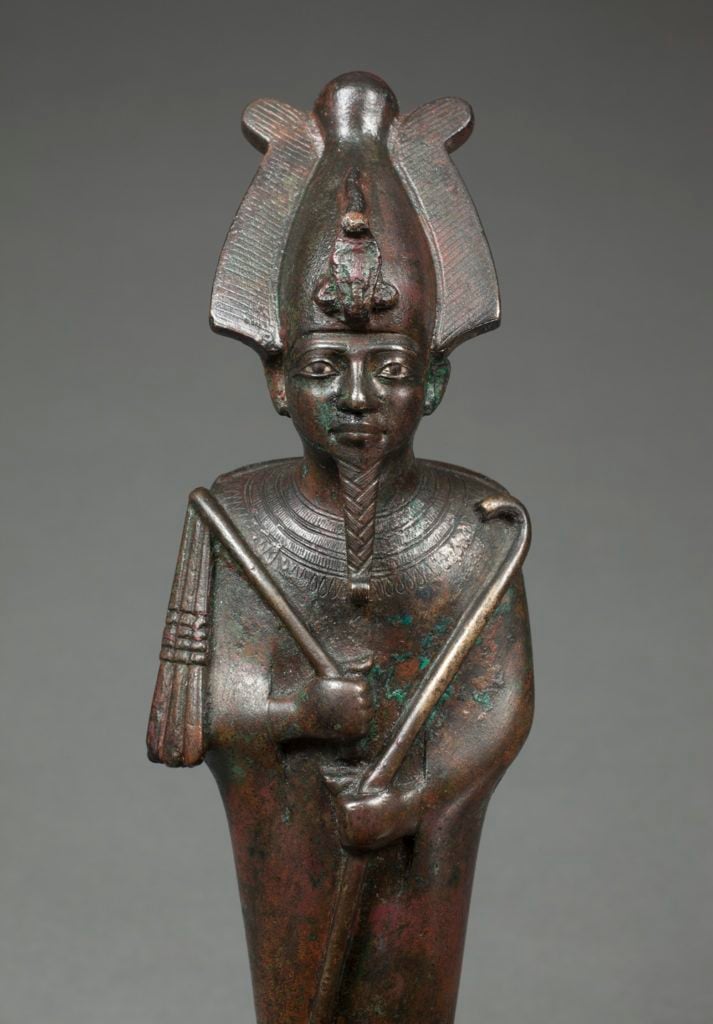
Bronze statuette of Osiris with inlaid eyes. Late Dynastic Period, 26th Dynasty, circa 600 BC. Courtesy Charles Ede, London.
TEFAF has also organized a lively program of talks and a special loan exhibition of photographs by Vera Lutter from the Los Angeles County Museum of Art.
A highlight of the talks program is a conversation on Saturday between the LA museum’s director Michael Govan and Apollo magazine editor Thomas Marks. The pair will discuss the museum’s future and Lutter’s recent residency there. See the full line-up of events here.
Follow artnet News on Facebook:
Subscribe for hand-picked stories delivered straight to your inbox
SHARE
Article topics
